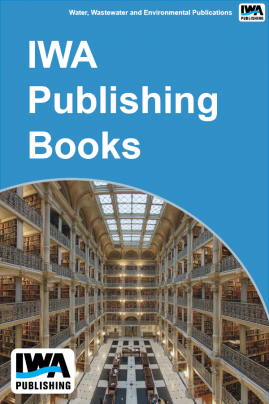 |
Scientific Review of Cyanide Ecotoxicology and Evaluation of Ambient Water Quality Criteria
Scientific Review of Cyanide Ecotoxicology and Evaluation of Ambient Water Quality Criteria

The U.S. EPA’s current ambient water quality criteria (AWQC) for cyanide were developed in 1984. However, since 1984 new scientific information on cyanide toxicity and chemistry has been published, which suggested that the existing cyanide criteria should be reassessed. Accordingly, WERF funded a study to evaluate the cyanide chemistry and aquatic toxicity data published over the last two decades and the potential influence of these data on cyanide criteria development and implementation. Traditionally the US. EPA’s AWQC for protection of aquatic life are based on the sensitivity of aquatic biota, such as fish, invertebrates, aquatic plants and algae, to chemicals from water-based exposures. However, in response to the U.S. EPA’s draft strategy for developing future AWQC, this study also considers whether criteria are protective of benthic (sediment) organisms, threatened and endangered (T&E) species, and aquatic-dependent wildlife.
The specific research objectives included the following:
- Review the scientific literature published since the 1984 cyanide AWQC were developed to identify relevant new information on cyanide chemistry and toxicity.
- Conduct new toxicity tests to fill critical data gaps in our understanding of cyanide chemistry and toxicity.
- Evaluate cyanide chemistry and bioavailability to determine what chemical form of cyanide (and its measurement) should be used to implement cyanide AWQC.
- Synthesize the new scientific information by recalculating cyanide AWQC according to U.S. EPA guidance; and
- Evaluate whether recalculated cyanide criteria are protective of benthic organisms, T&E species, and aquatic-dependent wildlife.
Publication Date: 15/12/2007ISBN13: 9781843397533eISBN: 9781780403755Pages: 124 |
Print:
|